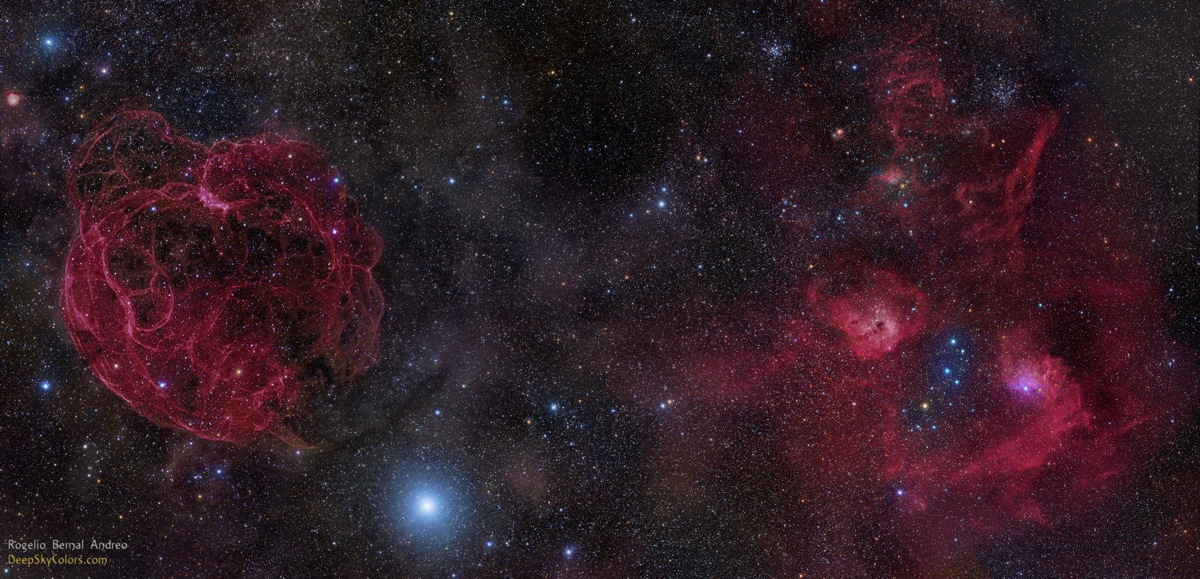These Bizarre Deep-Space Radio Blasts Have Astronomers Baffled

A split-second burst of energy that erupted in deep space is giving astronomers important new clues about a mysterious class of astrophysical phenomena.
Only a handful of these rapid, millisecond-duration events, known as "fast radio bursts" (FRBs), had been detected previously, all of them by a single instrument — the Parkes Observatory in Australia. As a result, some astronomers have speculated that FRBs have local origins.
But the latest burst, which was observed on Nov. 2, 2012 by the Arecibo radio telescope in Puerto Rico, puts the lie to that notion, researchers said. [The Strangest Things in Space]
"Our result is important because it eliminates any doubt that these radio bursts are truly of cosmic origin," study co-author Victoria Kaspi, of McGill University in Montreal, Canada, said in a statement. "The radio waves show every sign of having come from far outside our galaxy — a really exciting prospect."
Kaspi is principal investigator of the Pulsar ALFA (PALFA) survey, a search for pulsars — fast-spinning, super-dense objects that emit beams of light (which appear to pulse at a regular interval, because they can be observed only when the pulsar is pointed at Earth). The research team, led by Laura Spitler of the Max Planck Institue in Germany, discovered the new FRB in the PALFA data.
The newly observed burst is the first of its kind discovered by a telescope other than Parkes, researchers said.
"The brightness and duration of this event, and the inferred rate at which these bursts occur, are all consistent with the properties of the bursts previously detected by the Parkes telescope in Australia," said Spitler, who was completing her PhD at Cornell University when the research began.
Get the Space.com Newsletter
Breaking space news, the latest updates on rocket launches, skywatching events and more!

The short lifetime of FRBs makes it tough to study them; only seven events, including the newest burst, have been recorded since their 2007 discovery. But the new study should help researchers get a better grip on FRBs.
Their presumed extragalactic origins mean that fast radio bursts could provide unprecedented opportunities to study the intergalactic medium — the dust and gas between galaxies — according to the research paper, which was published in the Astrophysical Journal.
By extrapolating how much of the sky was studied and for how long, scientists have calculated that FRBs probably occur roughly 10,000 times a day. Based on this occurrence rate, PALFA is expected to find two to three more FRBs in the coming years.
The source of fast radio bursts remains a mystery that astrophysicists are eager to solve. A number of exotic possibilities include evaporating primordial black holes, merging or collapsing neutron stars and superconducting cosmic strings. Flares from magnetically active neutron stars, known as magnetars, could also be responsible for the events, researchers said.
Extremely bright flashes from pulsars outside the galaxy are another possibility. The research team suggested that FRBs could be pulses that repeat over even longer timescales than anticipated. If this is the case, longer observation times would be required to spot them.
"We cannot be certain that the bursts are non-repeating," the team wrote in the paper. "Detecting an astrophysical counterpart will be an important step in determining whether we expect repeated events."
Follow us @Spacedotcom, Facebook or Google+. Originally published on Space.com.
Join our Space Forums to keep talking space on the latest missions, night sky and more! And if you have a news tip, correction or comment, let us know at: community@space.com.

Nola Taylor Tillman is a contributing writer for Space.com. She loves all things space and astronomy-related, and enjoys the opportunity to learn more. She has a Bachelor’s degree in English and Astrophysics from Agnes Scott college and served as an intern at Sky & Telescope magazine. In her free time, she homeschools her four children. Follow her on Twitter at @NolaTRedd









